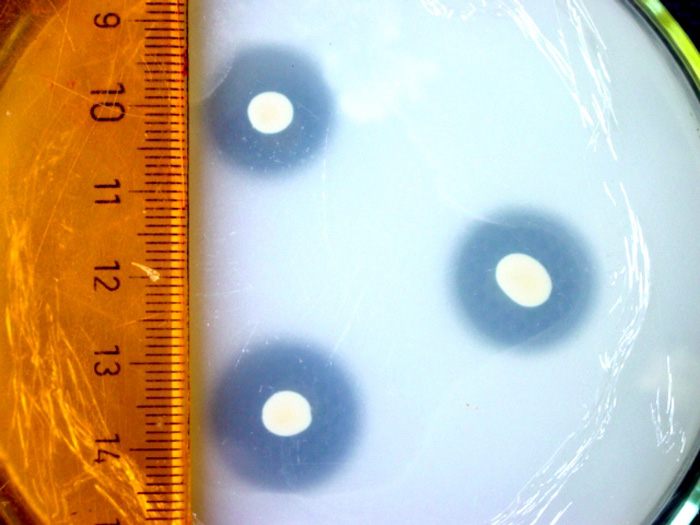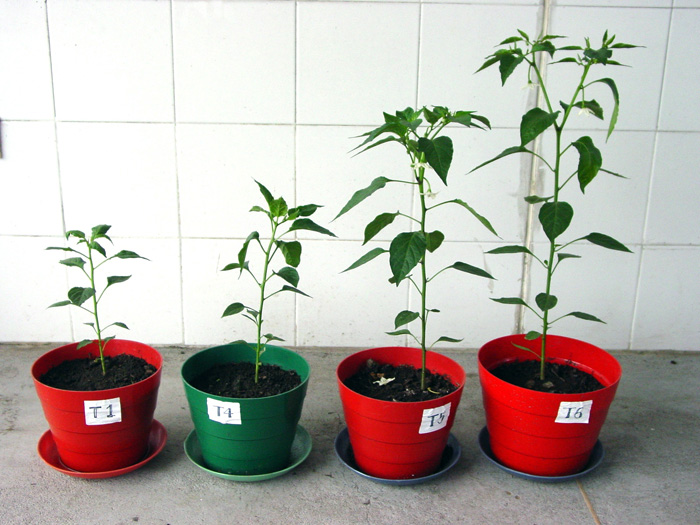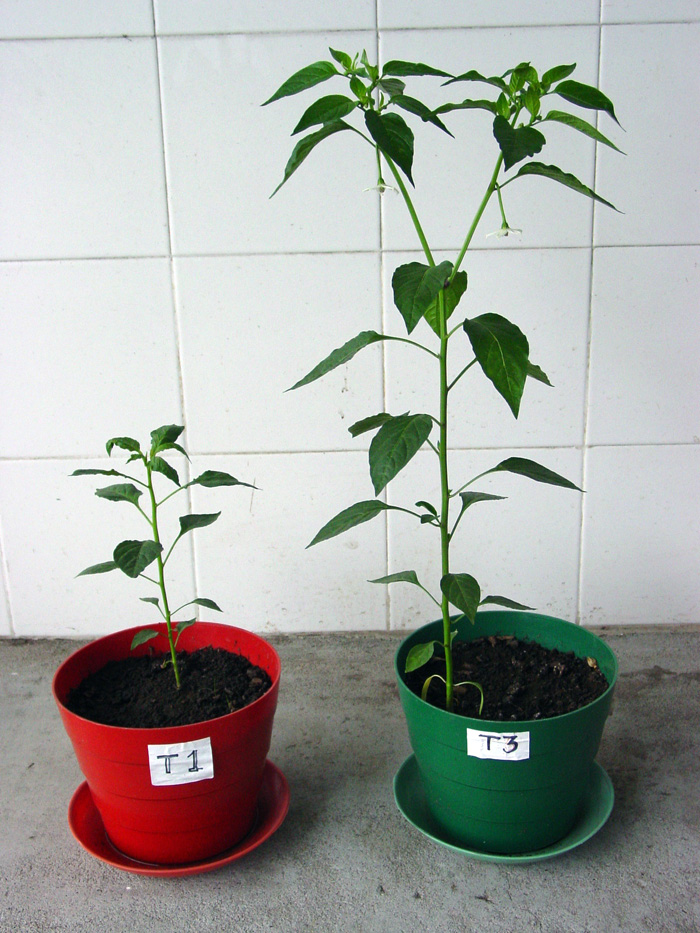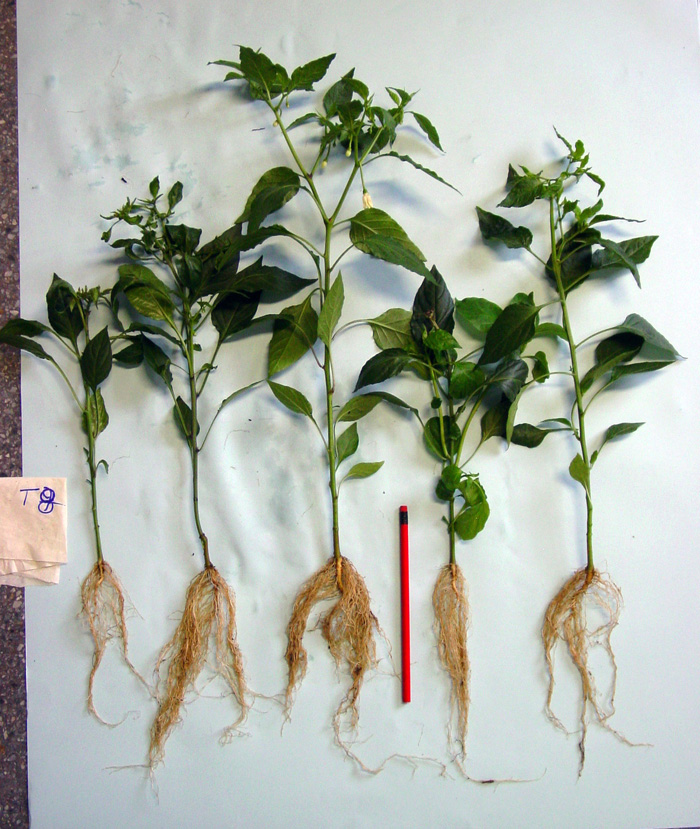During the Copenhagen Climate Conference, carried out on December 15th 2009, the participants agreed that it was just necessary an increase of 2 °C in the temperature of the planet to trigger an environmental catastrophe.
In this event, the importance of reducing 80% of the gas emissions that produce the global warming effect by 2050 was discussed. In this sense, agriculture plays an important role, since 15% of such substances are emitted due to the intensive use of fertilizers of chemical synthesis of phosphorous, nitrogenous, and phosphate, as well as synthetic pesticides.
Such components used on a daily basis by around 2,5 million farmers in the country, who consider this is the adequate media to accelerate the production of their crops, affected by the phosphorous deficiency that affects more than four million cultivated hectares in the entire country.
Biofertilizers
Despite of the explanation given by the farmers, Nubia Moreno, a professor of Universidad Nacional de Colombia and the national representative of the Latin American Network of Biological Fertilizers for Agriculture and the Environment (Biofag, for its acronym in Spanish), affirms that: "Helping crops to improve their productivity to accomplish the objective of feeding thousands of people in the world, without damaging the soil and the habitats, is possible with the organic products obtained from microorganisms or biofertilizers that can be easily used in farming."
In the country, the investigation to elaborate biofertilizers has been timidly carried out, but it has shown promising results. The Colombian Agricultural Institute (ICA, for its acronym in Spanish) has 110 products of this type registered, which are produced, imported, and commercialized by 93 companies. In addition, there is a law for the use and control of the bioinputs in the sector, based on the Resolution 375 of February 27th 2004.
However, Professor Marina Sánchez de Prager, a soil biology researcher from Universidad Nacional de Colombia in Palmira, affirms that "more studies about these aspects are necessary for farmers to consider biofertilizers as a sustainable technological option and not as a product difficult to obtain."
The effective bacteria
Carlos Ómar Patiño, a student of the Agricultural Science Doctorate at Universidad Nacional de Colombia in Palmira, identified seven isolations of two bacteria capable of dissolving phosphorous and helping plants in their growth. The microorganisms could be used as biofertilizers, replacing 50% of the phosphoric rock (PR), a material used as fertilizer in the agricultural processes in the country.
For starting his research study, Patiño took samples of the soil stuck to the roots of peach-palm plants that grow wildly in Bajo Calima Township in Buenaventura. This zone is characterized by its acid and phosphorous deficient soils, excellent to isolate bacteria.
"After collecting the samples and taking them to the lab, we evaluated the solubilizing capacity (chemical transformation of phosphorous) of the 22 obtained bacterial isolations, to the point in which the plants needs were fulfilled to promote an adequate growth." Patiño also mentions that "we selected seven bacterial isolations that revealed this capacity; two of them resulted particularly effective."
During the lab analysis, the researcher found that one of the isolations was part of the Pseudomonas putida bacteria, other two belonged to Burkholderia lata and the other four to Burkholderia ambifaia, the most effective during the in vitro evaluation.
To prove if the bacteria helped plant growth in other plants different from peach-palm, the researcher conducted several trials in the greenhouses of Universidad Nacional de Colombia, using B. ambifaria and B. lata in Chile.
"We inoculated some plants independently and then we evaluated the progress of the leaves and the roots for three months. We applied PR in an amount of 24 and 12 grams to see if bacteria reacted to find the necessary dose for an appropriate growth," asserted the PhD student.
The results of the investigation showed effectively that, when using PR simultaneously with the solubilizing bacteria, the process is accelerated considerably, diminishing the amount of chemical material used.
"Plants increased their phosphorous absorption and improved their growth in 230% and 130% more in radical biomass and in the aerial part respectively, in comparison with the non-inoculated," asserted Patiño.
These results, which evidenced a big advance in the theoretical-practical research on biofertilizers in Colombia, allow improving the bioinput industry and proposing commercial products made from these two phosphorus solubilizing bacteria.
"Through molecular biology techniques (which allow the study of the structure and function of the genes), it was established that some of the species not only solubilize phosphorus, but also that they have fundamental characteristics within the group of bacteria that promote growth (BGPR), which seem to be promising organisms for the development of biological input in the country," asserted Marina Sánchez de Prager, director of the study.
The study, which won the first prize in the Biotechnology Latin American Congress, carried out in Manizales, not only will reduce the costs for producers, but also will contribute to the knowledge of the national microbial biodiversity and the peach-palm biology, a very important species for the economy and food security of the agricultural ecosystems in the region.
 Correo Electrónico
Correo Electrónico
 DNINFOA - SIA
DNINFOA - SIA
 Bibliotecas
Bibliotecas
 Convocatorias
Convocatorias
 Identidad UNAL
Identidad UNAL






